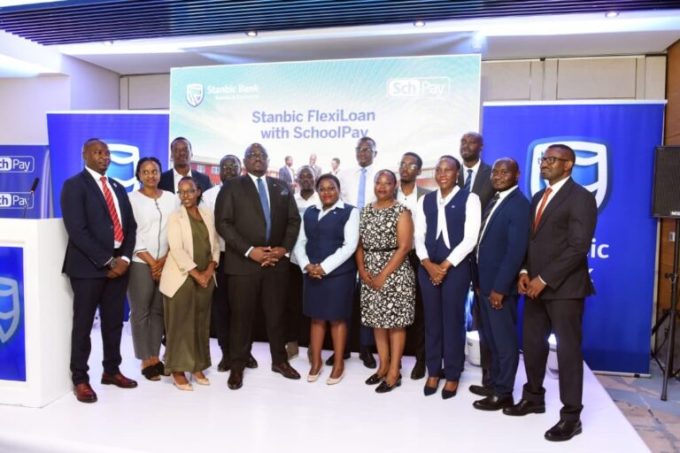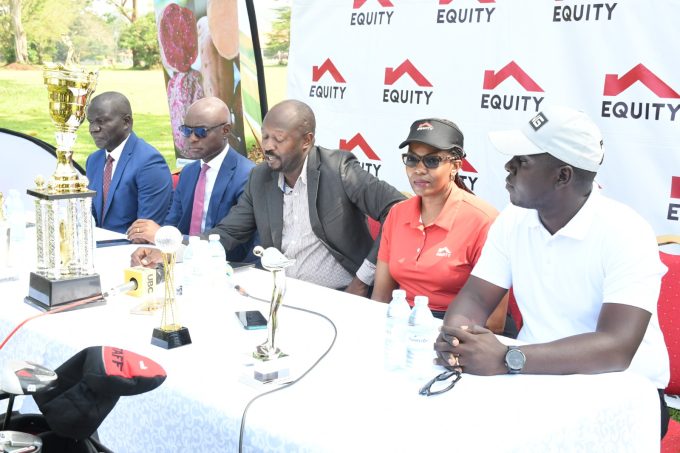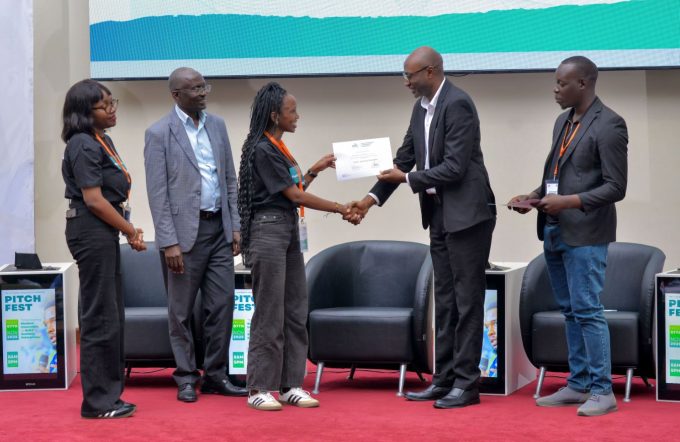Uganda’s 2026/27 Budget Priorities: Investment, Innovation, and Debt Sustainability
Uganda has unveiled its first budget call circular for the 2026/27 financial year, setting the tone for government spending, revenue mobilization, and investment priorities. The circular, issued on September 15, 2025, by the Permanent Secretary and Secretary to the Treasury, Ramathan Ggoobi, outlines key reforms across education, infrastructure, oil and gas, science and innovation, agriculture, and tourism.
Human Capital Development
Government will maintain its commitment to free Universal Primary Education (UPE), Universal Secondary Education (USE), and Universal Post-O-Level Education and Training (UPOLET). It will also continue sponsorships, student loans, and rehabilitation of traditional and special-needs schools. Recruitment of additional staff, expansion of existing facilities, and construction of new seed schools remain top priorities.
Ggoobi also revealed that in 2026/27, Busoga and Bunyoro universities will be operationalised, while newly built stadia and training facilities will support CHAN and AFCON 2027.
Oil, Minerals, and Innovation
In the mineral-based sector, the government will prioritize completion of the East African Crude Oil Pipeline to deliver Uganda’s first oil. Mineral quantification of iron ore, gold, and copper is also underway.
On science and innovation, the focus will be on commercialization. “FY2026/27 will emphasize taking to the market products of Kira Motors and Dei BioPharma,” Ggoobi noted, stressing the need to build a knowledge-driven economy.
Tourism and Infrastructure
Government plans to intensify tourism promotion through upgrading hospitality standards, health tourism, and diversification of tourism products. Partnerships with the private sector will establish highway refreshment and sanitation centers. Conservation efforts will receive greater attention, with a special focus on Rwenzori, Bwindi, and Murchison Falls.
“In FY2026/27, focus will remain on infrastructure development in tourism sites, alongside last-mile road, air, and water connectivity,” Ggoobi said.
Agriculture Reforms
Reforms will include a new business model for input distribution, cost-sharing with farmers, and the rollout of a revolving financing mechanism for livestock vaccines.
Budget and Borrowing Outlook
The resource envelope for FY2026/27 is projected at UGX 69.399 trillion, down from UGX 72.376 trillion in 2025/26. Domestic revenue is expected to rise to UGX 40.090 trillion, compared to UGX 36.806 trillion in FY2025/26, supported by the continued implementation of the Domestic Revenue Mobilization Strategy (2025/26–2029/30).
To maintain debt sustainability, domestic borrowing is projected to decline to UGX 8.952 trillion from UGX 11.381 trillion, while domestic debt refinancing will reduce to UGX 9.68 trillion. External project financing will also dip to UGX 10.018 trillion.
“The reduction in borrowing reflects our deliberate strategy to keep debt within sustainable levels and reduce interest payments relative to revenues,” Ggoobi explained.
Revenue Targets
The Uganda Revenue Authority (URA) has been tasked with collecting UGX 40.090 trillion in FY2026/27, up from UGX 36.806 trillion in FY2025/26 — a significant increase that shows the government’s commitment to financing its budget domestically.
- East African Crude Oil Pipeline
- Uganda agriculture reforms
- Uganda budget 2026/27
- Uganda debt sustainability
- Uganda Economic Growth
- Uganda education reforms
- Uganda government spending
- Uganda infrastructure development
- Uganda investment priorities
- Uganda oil and gas sector
- Uganda revenue mobilization
- Uganda tourism strategy
Latest News
Equity Bank Kicks Off 5th Edition of the Equity-NARO Golf Open 2025
Equity Bank Uganda, in collaboration with the National Agricultural Research Organisation (NARO),...
Baby Steps: Taking the First Giant Stride for Mother Tongues in Modern Uganda
In a world where English often takes center stage in education, Baby...
PearlOxy Uganda Limited: Powering Life When the Lights Go Out
In Uganda, one glaring puzzle keeps health-care teams up at night: power...
Paratus Group and Roke Telkom Unveil Paratus Uganda in Kampala
Paratus Group, a leading Pan-African telecom and network services provider, has officially...
















